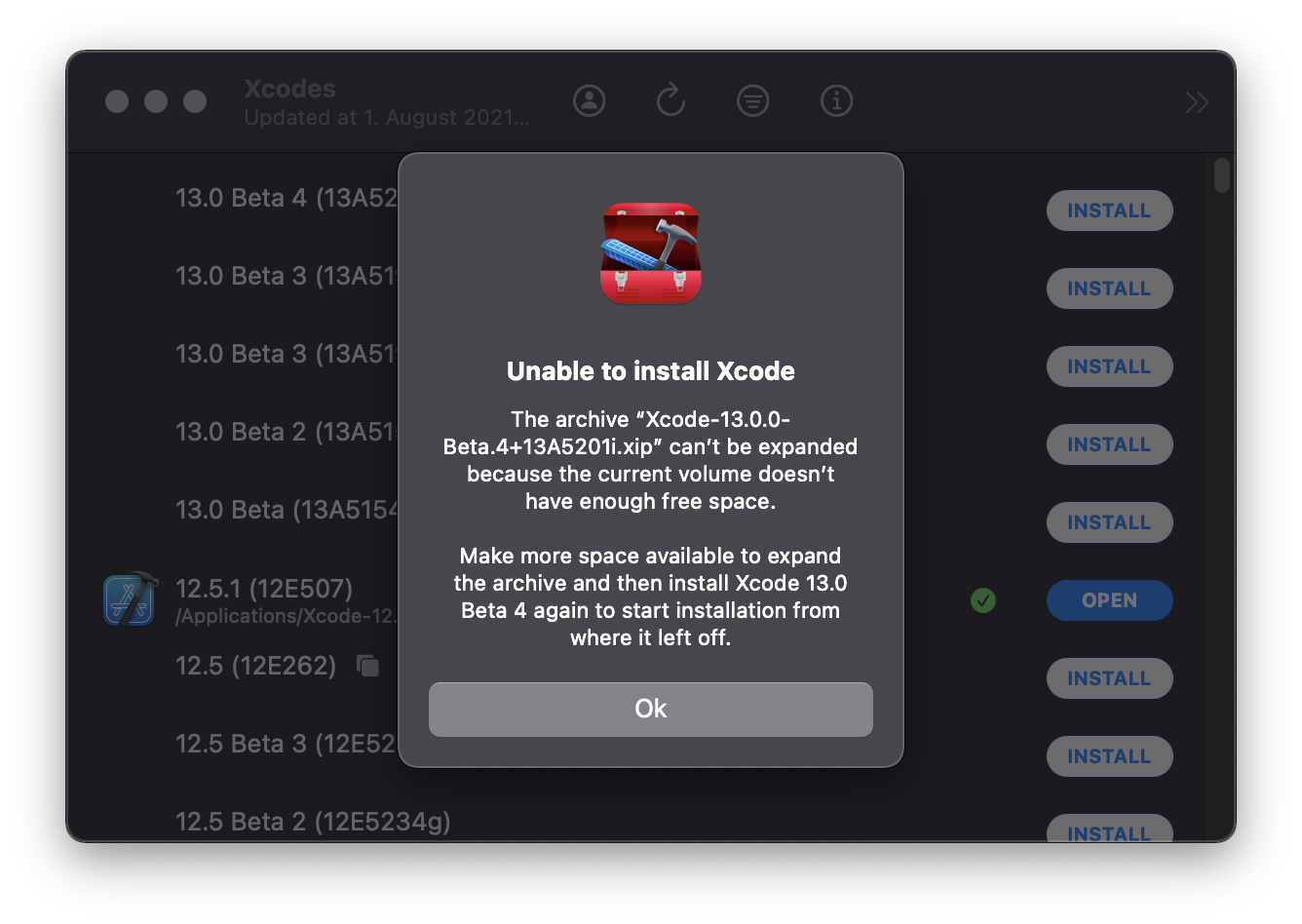Three simple ways to support Open Source Software

Free Open Source Software (FOSS) enables us to grow together, and you can also help - so allow me to tell you how!
My history with FOSS
Back around 2016 my Mom asked me to add an “Export to PDF” functionality to the recipe app I was working on, but neither did existing FOSS projects match the requirements nor did the budget of a high school student allow a paid solution.
So what could be the typical developer way to resolve this situation? Exactly, I built my own toolkit 😁
With the intention of sharing my work to help others in the same situation, I created a new GitHub repository and pushed the first commit on August 16th 2016.
Today, the recipe app sleeps in the archives, but my project TPPDF - a framework written in Swift to easily build PDF documents on iOS - is still active and now at almost 700 stars on GitHub ⭐️
What started as a spin-off, got rewritten multiple times, enhanced with cross-platform support for macOS, improved by multiple contributors, and actively used by many is proving that open innovation can lead to success for everyone.
That’s also the reason why even tough none of my active app projects are using TPPDF right now, I am still happy to maintain the project and enable others to easily create with advanced PDF documents with it.
During this journey, many questions arose, and to help you find your place in the open source ecosystem, I want to answer a couple of them here.
Why should I give away my work for free?
Many challenge the financial aspects of working “for free” by giving away all your code. But it actually doesn’t mean giving away everything.
At kula we are constantly developing new technologies internally to eventually share them with external mobile app developers to improve them together! 🚀
For example, our developer tool OnLaunch - a service to display messages at the launch of mobile apps - is available for everyone to self-host for free, therefore supporting the community of mobile app developers who want to run services themselves.
Meanwhile, we offer a cloud hosted version, allowing developers to focus on their projects, while also creating a revenue stream that supports both our business and the project’s growth - a win-win for everyone 💪
Why is Open Source securer than Closed Source?
In the digital age, the idea that security-by-obscurity can improve software safety is not just outdated — it’s dangerous! In code, everything can be found, and hiding it might prolong exploitation, but not prevent it at all.
True security comes from transparency, and open source is the cornerstone of building trust within the tech community. By opening the source code to the public, developers can collaborate, identify vulnerabilities, and enhance security more effectively than any closed system ever could.
A shining example of open source success in enhancing security is the recent discovery of a backdoor in the command line utility ‘xz’ by Andres Freund.
To summarize the situation: While performing some micro-benchmarking of the database system PostgreSQL, in combination with multiple coincidental choices in his test setup, he found a security backdoor which already made it’s way into the test releases of Debian, Fedora and Kali Linux 🤯
Without open source this would probably not have been found at all, and could have affected the entire industry!
So what can I do to help?
Contribute! Whether you’re a developer, a company leader, or a tech enthusiast, here are three actions I believe you can take now to make a meaningful impact:
- Create your own open source projects to help others facing similar challenges.
- Contribute to existing projects, especially those you use regularly.
- Encourage and fund your team to contribute, and consider sponsoring external developers.
It’s that easy!
For me creating and maintaining open source projects helped me to really understand the industry and technologies, so join me and support free open source software!
Thanks for reading.


